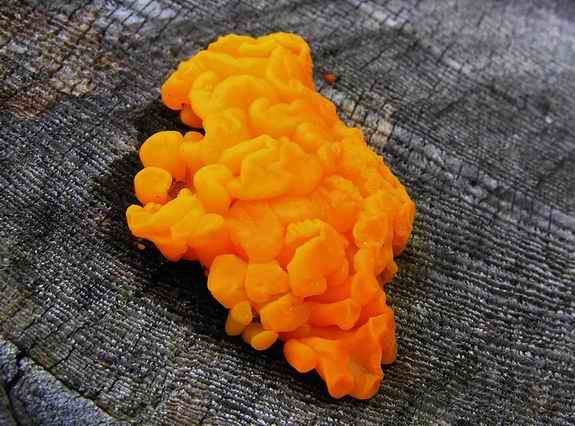 Z was going to be a variable, but I thought it would be better to be zero. As in nothing. As in Celebrate! It's done for the year! The past month was fun and intense, but now I'm going to go back to studying things and trying to get better at this writing and blogging thing. Also, this got me back into thinking about blogging again, so I'm going to make two posts a week. Lets hope for the best.
Z was going to be a variable, but I thought it would be better to be zero. As in nothing. As in Celebrate! It's done for the year! The past month was fun and intense, but now I'm going to go back to studying things and trying to get better at this writing and blogging thing. Also, this got me back into thinking about blogging again, so I'm going to make two posts a week. Lets hope for the best.Zero hasn't been around forever. In fact, some ancient cultures may find it a bit redundant to represent nothing. It's better than that though. It's makes a great place holder. Um, I was going to say it's easier than writing a lot of letters, but the Roman's had a great system of just writing a box around things they wanted to multiply by 10,000. It's good as a limit in infinite series, and without it you can't confuse people by talking about negative numbers. It looks like tiny donuts. Replace it with an o. Make emoticons with it o_0 Yes, the little zero is certainly a useful little guy, but today, I'll use it to say that the number of A to Z posts are 0.
Thanks everybody who ran this, and thak you to everyone who came by. I saw many cool new blogs and learned a lot of new things. Hopefully this will happen again next year.
------------------------------------------------------------------------------------------------------------------------
I slipped up a new page quietly and without any sort of fanfare, because I like to be inconspicuous like that. You should check it out though if you are an animal lover. You might have noticed my slight obsession with Russia, I like to sneak some Russian words into my posts sometimes and I spent a post talking about the visitors I get from Russia. I have some friends from the area and they told me about the stray dogs in Moscow.
The problem is nothing new, but what is new is that people have taken it upon themselves to start killing the strays through poisoning, knives and other means. This also affects the domestic animals as well. The shelters themselves are not that great, they look like they've just been thrown together. So I am attempting to raise some money to help various shelters so they can take in more dogs and help protect them from the freaks More information above. Can't afford to donate? Well, I have a badge just for you to help spread the word!
Yes, I understand strays are a problem every where. But we can look at this as a way to extend a helping hand to a country where relations have been shaky for a while. At very least, please spread the word.










.jpg)






